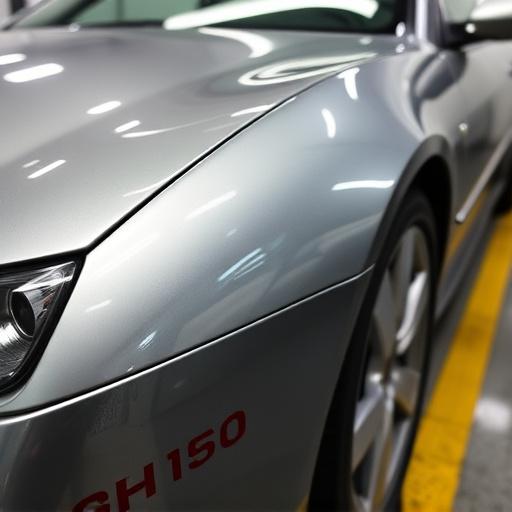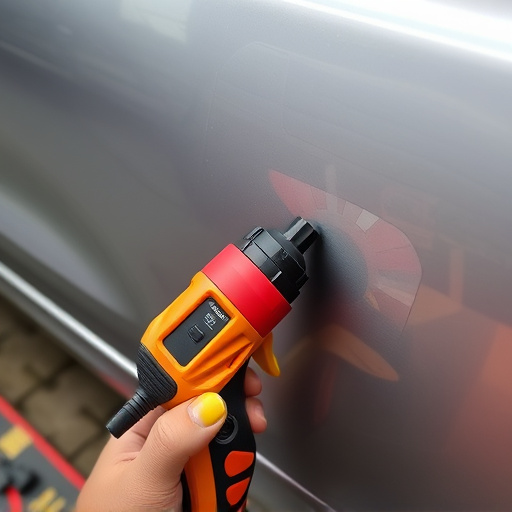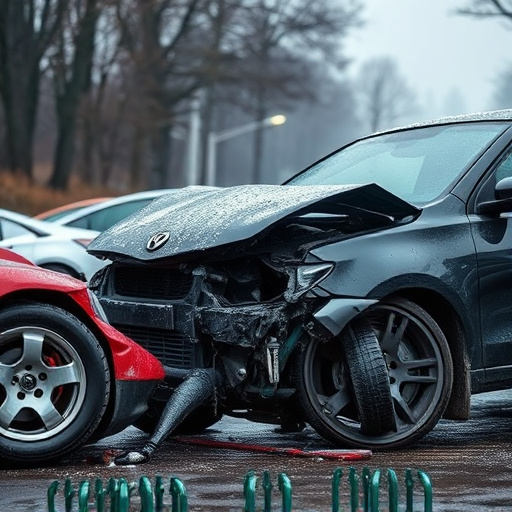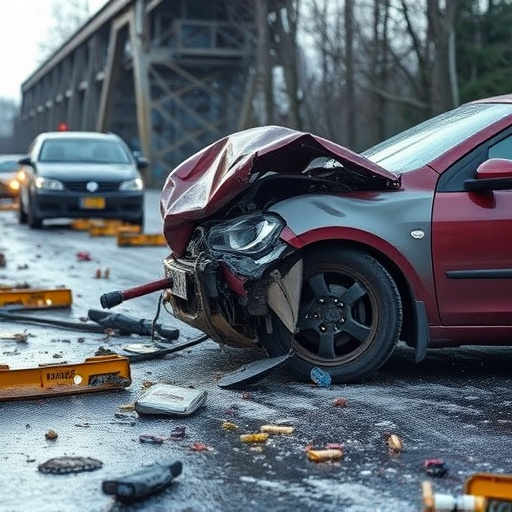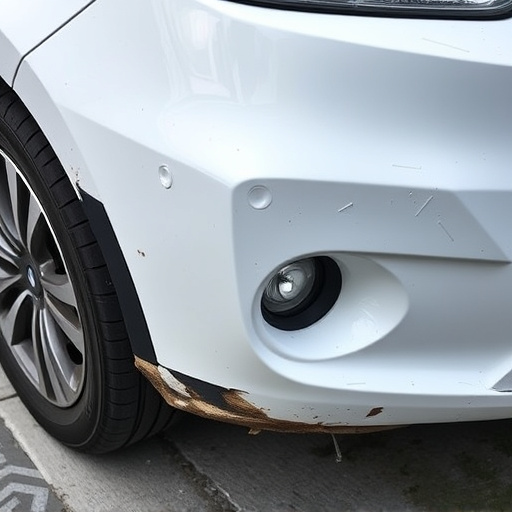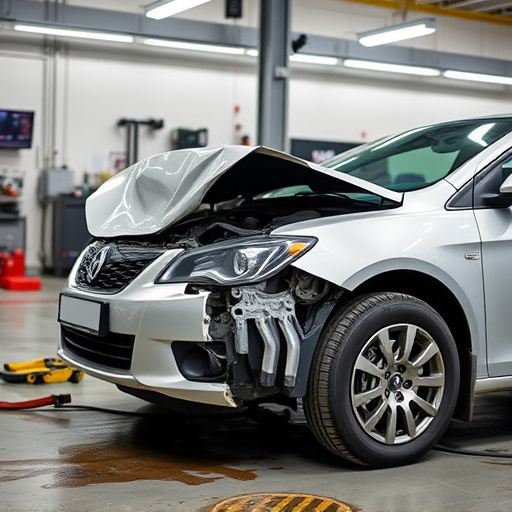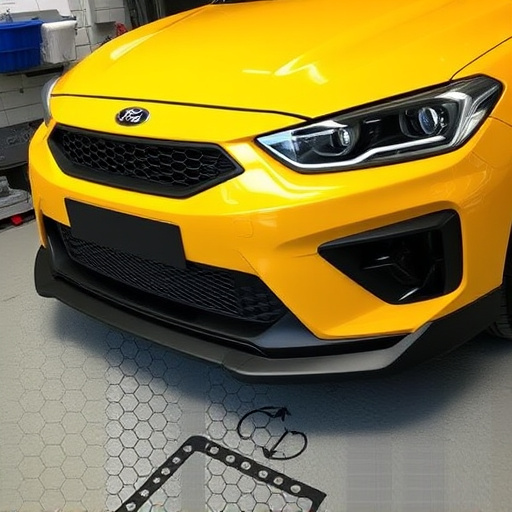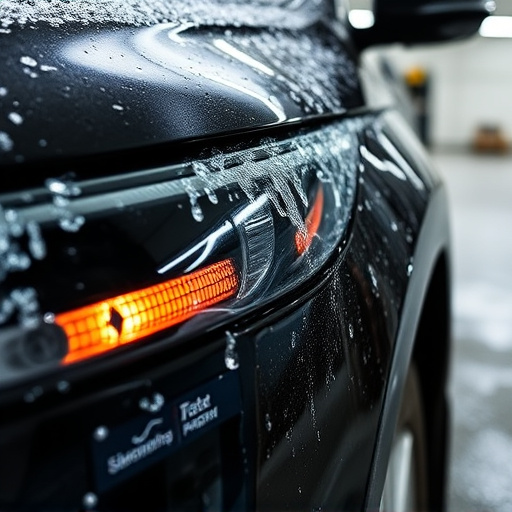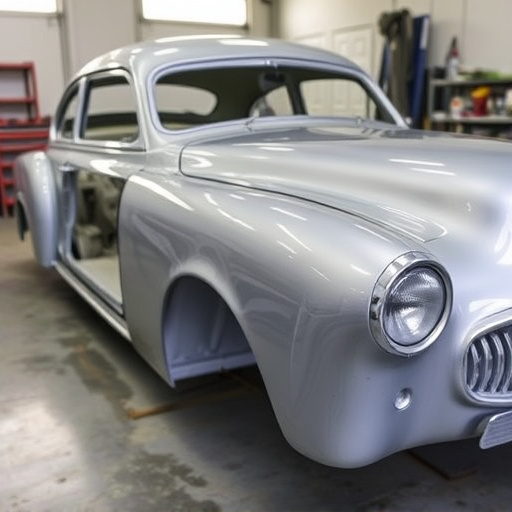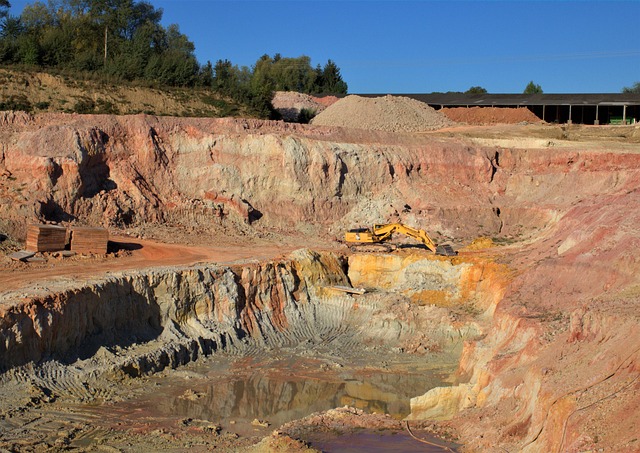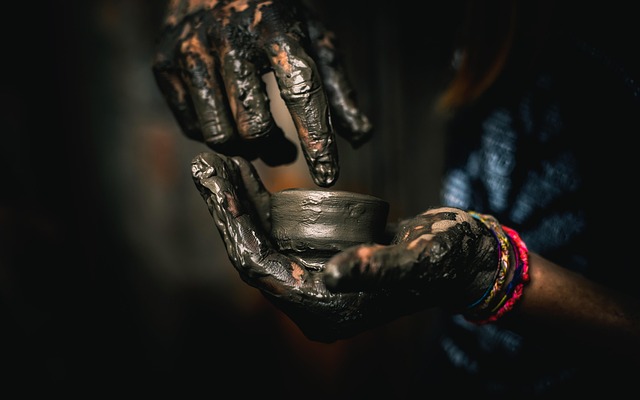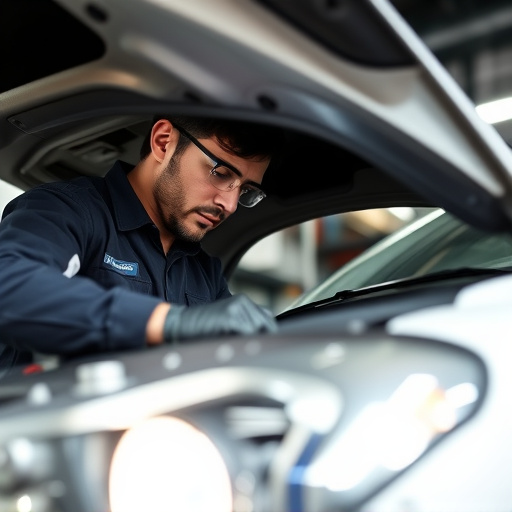Leaks, pooling water, and engine overheating warnings are visible signs of cooling system accident damage. Prompt professional car collision repair services prevent further damage to both the cooling system and other vehicle parts. Radiator inspection is critical; visible damage or discoloration indicates a compromised cooling system, leading to rusting, corrosion, and reduced performance if left unattended. Early detection through thorough visual checks is essential for efficient automotive repair and vehicle longevity.
Cooling system accidents can cause significant vehicle damage, leading to costly repairs. To identify potential issues early on, it’s crucial to watch for specific signs of cooling system accident damage. This includes spotting leaks and pooling water, engine overheating indicators, and radiator damage or discoloration. By being vigilant in these areas, you can prevent more severe problems and ensure your vehicle’s longevity.
- Identify Leaks and Pooling Water
- Check Engine Overheating Indicators
- Inspect Radiator for Damage or Discoloration
Identify Leaks and Pooling Water

One of the most noticeable signs of a cooling system accident is the presence of leaks and pooling water around your vehicle. After a car collision or other incident, it’s crucial to inspect the engine bay for any visible drips or wet spots that might indicate damage to the radiator, hoses, or other components of the cooling system. Leaks can be caused by various factors, such as punctured or crushed hoses, loose connections, or even internal damage to the coolant reservoir.
Pooling water beneath your car could signal a more significant issue, like a cracked radiator or a broken hose that has sprouted a leak. If left unattended, these issues can lead to further damage, affecting not just the cooling system but other parts of your vehicle as well. Therefore, prompt attention is essential; if you suspect any cooling system accident damage, it’s best to seek professional car collision repair services for thorough car body repair and restoration.
Check Engine Overheating Indicators
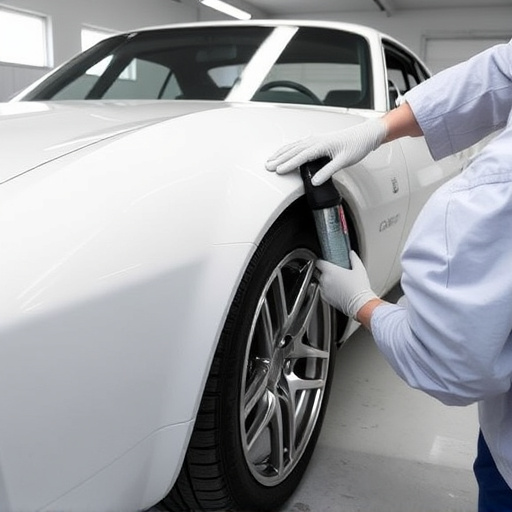
One of the clearest signs of a cooling system accident is an indicator that your engine is overheating. This warning usually comes in the form of a dashboard light or a sound, signaling that the engine’s internal temperature has surpassed safe levels. If you notice this, it’s crucial to pull over and assess the situation. Overheating can be a symptom of various issues within the cooling system, from a low coolant level to a faulty thermostat or even a more severe problem like a blown head gasket.
In the event of a suspected cooling system accident, especially after a collision, it’s important to seek professional help for mercedes benz collision repair. A reliable collision repair shop will not only address any damage to your vehicle’s body but also inspect and fix issues with the cooling system to prevent further complications. Remember that prompt action can save you from more serious and costly repairs down the line, ensuring your car is safe and efficient on the road again, free from the risks associated with cooling system accident damage.
Inspect Radiator for Damage or Discoloration

When inspecting a vehicle for signs of cooling system accident damage, one of the first places to look is the radiator. Damage or discoloration in this area can be indicative of a serious issue. Radiators are responsible for dissipating heat from the engine, and any visible harm could suggest that the cooling system has been compromised.
Overheating due to a faulty radiator might cause rusting, corrosion, or even warping, leading to potential leaks and reduced performance. Auto body repair specialists often emphasize the importance of a thorough check-up, as these visual cues can be early warnings for more complex automotive repair services. Prompt attention to such issues can prevent further damage, ensuring the longevity of both the vehicle’s cooling system and overall car restoration.
When it comes to a cooling system accident, quick identification of signs like leaks, pooling water, engine overheating, and radiator damage is crucial. By regularly checking these indicators, you can prevent severe cooling system issues and ensure your vehicle’s longevity. Remember, addressing these problems promptly is key to avoiding more significant, costly repairs down the line. Stay vigilant and keep your eye on these telltale signs of potential cooling system accident damage.

